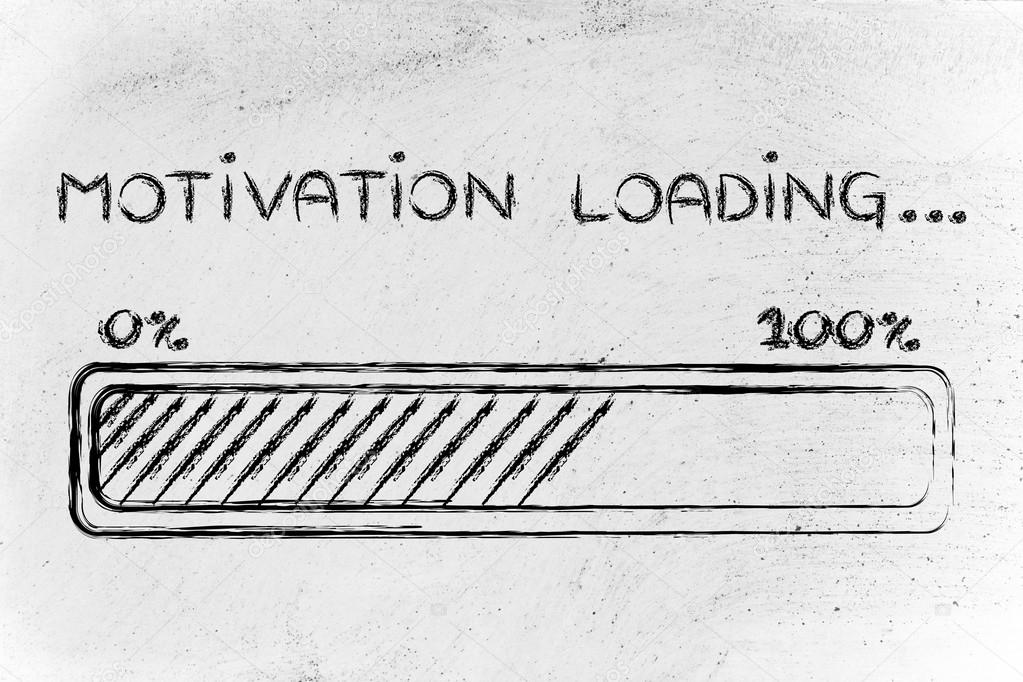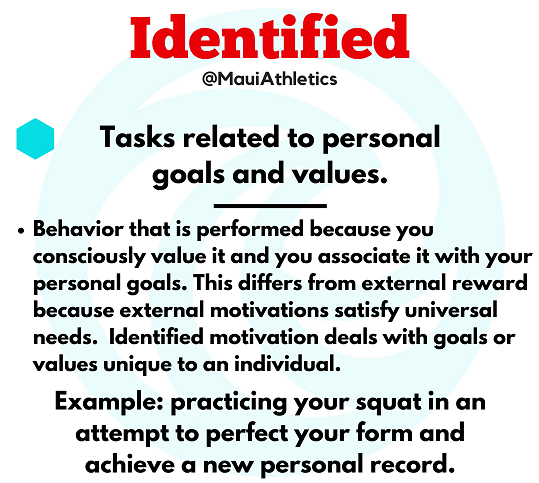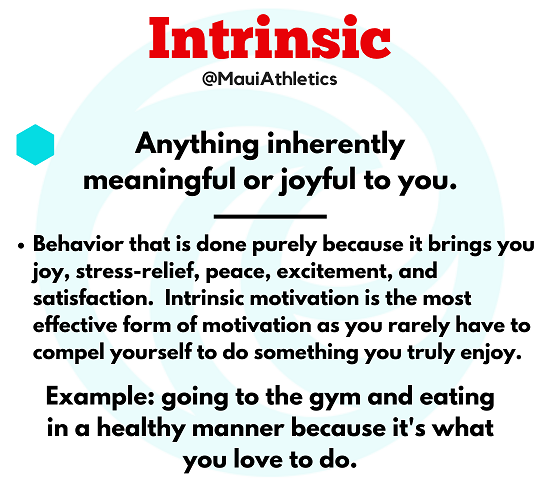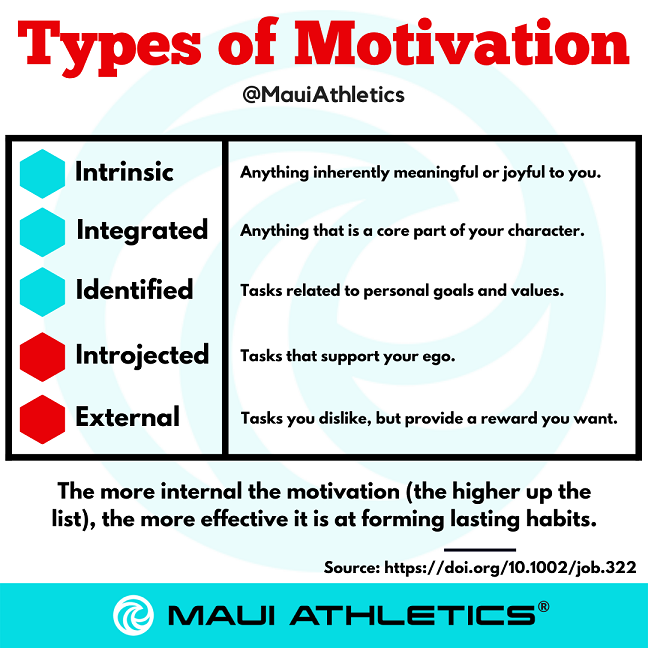Make Motivation Work for You
Motivation: Lifestyle Power-Up
Chin up!
I like to explain to my clients that your true Why and your motivations are different things. This is a bit of a semantical discussion, but helps frame how you can best use these concepts to your advantage. This can be very confusing because your true Why could be a simple motivation for someone else. Your Why defines why you are committed, it’s what keeps you going even when motivation is zero. And contrary to popular belief, motivation is not necessary to be successful, commitment is. Sometimes we just don’t want to go to the damn gym, but habits and commitment still help us find our way there. Your motivations are boosts (often fluid and malleable in nature) that can help you achieve your true Why.
It’s true what they say, commitment trumps motivation 10 times out of 10. There will be times during your health and fitness journey that you simply won’t be motivated…and that is when you fall back on the habits/plan you have in place and your Why to keep you going. But what if we could use motivation from time to time not only to give our efforts a much needed boost, but also to support learning these new habits and systems that will lead us to success?
This is where Self Determination Theory comes into play.
Self Determination Theory provides a comprehensive framework to understand what inspires us to action beyond abstract concepts such as willpower, motivation, and personality. It neatly arranges motivation into 6 types, progressing on a continuum of internalization from most extrinsic to intrinsic:
- Amotivation (or the lack of motivation)
- External
- Introjected
- Identified
- Integrated
- Intrinsic
Because it is inherently a state of apathy, I will not be discussing Amotivation at length, although being apathetic about a negative action (such as smoking) can ultimately prove to be beneficial. The other types of motivation, on the other hand, can all be used effectively to one extent or another. It is particularly important to understand the more internal a motivation, the more effective it is at helping us achieve our goals.
Let’s take an in-depth look at these (from most external to most internal) and see how we can use them to supercharge our results and our lives!
Types
Bringing it all together
Finding your Why is an irritating task for most people because it is so hard to define and it takes a lot of introspection. Using myself as an example might help. When I initially started my fitness journey, I was very skinny. At 6’1″, I was only weighing in at 165-170lbs. I was a high school athlete (and viewed myself as such), so I had some integrated motivation to train hard…but MOST of my motivation to begin lifting was ego driven.
I wanted to look better because I wanted to get respect from guys and I wanted to have better success with the girls. I wanted to be visibly muscular. For years I was using mostly introjection because of it. These were motivations, not my Why. I hadn’t delved deeply enough to define the one key piece everyone needs to build on (if only I had had this article at the time).
My Why was that I felt I would respect myself more and feel more confident in all aspects of life if I just put on a bit of muscle. I’d be less introverted. These days, that has evolved into integrated in that I view myself as a fit person and hobbyist bodybuilder; I still view myself as an athlete. I also found, over time, that I enjoy working out (intrinsic).
Even when I’m on vacation I find a local gym because it’s something I enjoy. And yes, there is still introjection in play every time someone compliments me, but that isn’t a main motivation as it was in the beginning…and there is nothing inherently wrong with that anyway. I don’t work out mainly to receive compliments or be in better shape than the guy standing next to me. I work out because I’m fit, it’s fun, and it’s what I do.
I grew over time from mostly external motivators, to viewing myself as a lifter and enjoying lifting. But it takes time to evolve Motivations down the line to more productive forms…you can’t always get to intrinsic, but you can very often level up your motivations one or two stages. So work on that.
Now that you are aware of all of the motivational states, you can make active choices to progress along the continuum to more effective (and healthier) strategies that will make your life easier. Figure out what motivates you, which archetype it falls under, then brainstorm ways to guide yourself down the path to increasingly productive forms of motivation that help you achieve your Why.
The more internal a motivation, the more effective it is. Therefore identified, integrated, and intrinsic motivations are the most advantageous when they foster productive, meaningful actions. Couple these with feelings of autonomy and competence, and you set yourself up for the best mindset possible.
Additionally, reinforcing internal motivation is related to greater happiness and quality of life. External motivations such as money, power, and success can be powerful in the short term, but they do not fulfill human needs such as physical and mental well-being, personal growth, or the feelings of belonging and acceptance.
Committing to achieving your goals is necessary, but don’t underestimate the benefits of understanding and utilizing all the types of motivation at your disposal.













